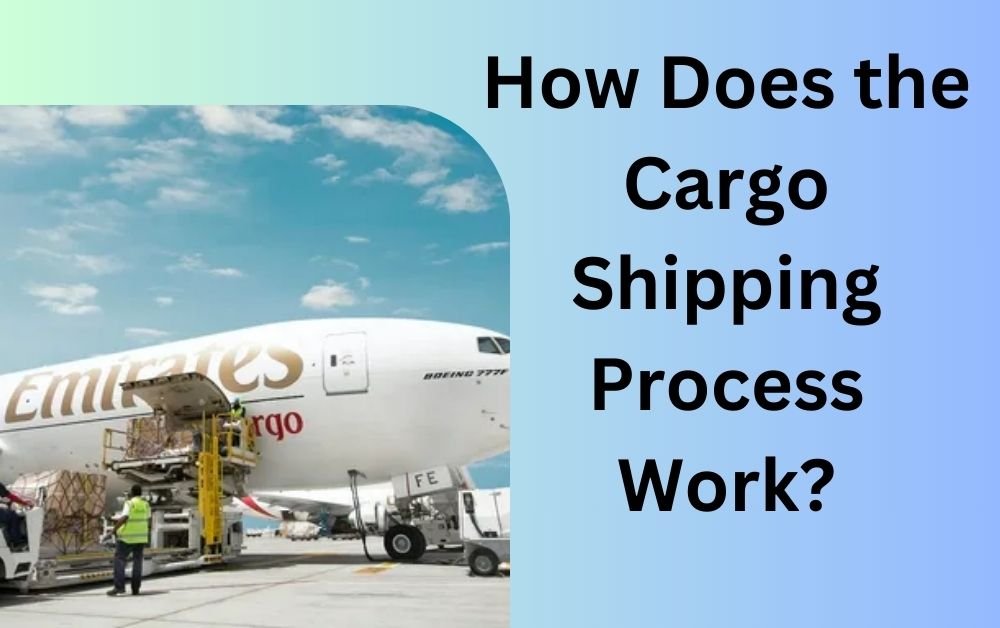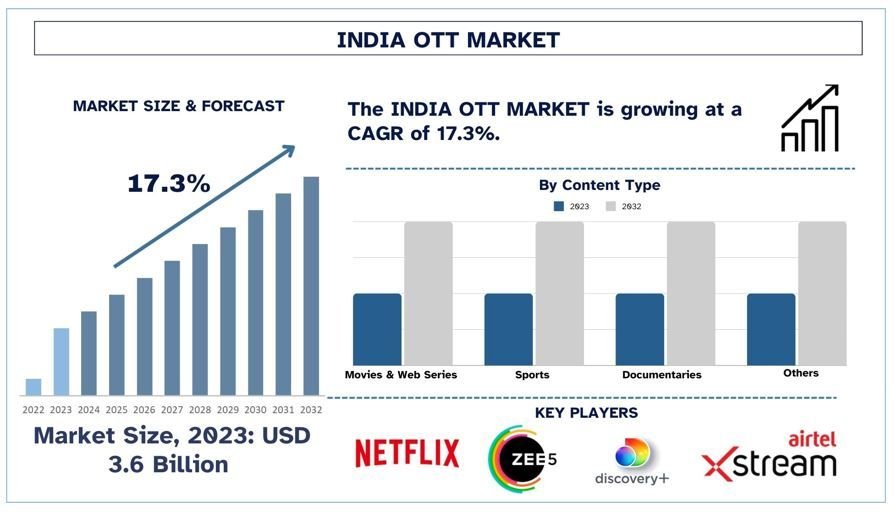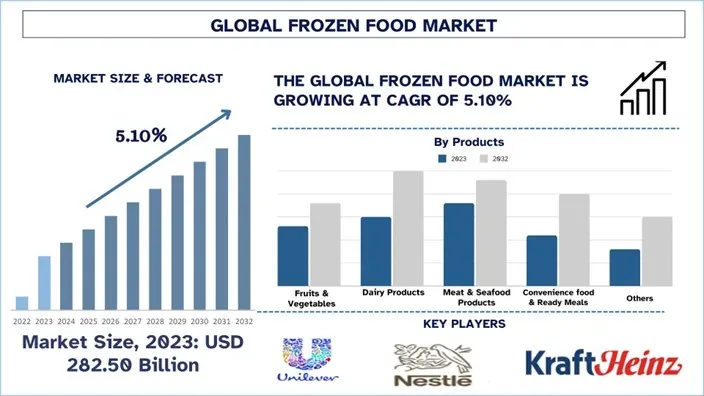Shipping cargo is a crucial part of global trade. Whether it is transporting goods within a country or across borders, cargo shipping ensures products reach their destinations safely and on time. But how exactly does the cargo shipping process work? In this blog, we will break it down into simple steps so that anyone can understand how goods move from one place to another.
Note: Looking for a reliable way to ship cargo from Dubai? Choose a trusted cargo service that ensures safe, timely, and cost-effective delivery. Contact us today for a hassle-free shipping experience! 📦🚢 Get a free quote now!
Understanding Cargo Shipping

Cargo shipping refers to the transportation of goods by air, sea, or land. Businesses and individuals rely on cargo companies to move products efficiently. The process involves multiple steps, including booking, packaging, documentation, customs clearance, and final delivery.
Let’s dive deeper into each stage of cargo shipping.
1. Booking the Shipment
Why Is Booking Important?
Booking a shipment is the first and most important step in cargo shipping. It ensures that there is enough space available on the chosen mode of transport. This step also helps cargo companies plan routes and schedules effectively.
How to Book a Cargo Shipment?
- Choose a Cargo Company: Select a reliable cargo service provider based on shipping needs.
- Decide the Shipping Mode: Choose between air, sea, or land transport based on cost and urgency.
- Provide Shipment Details: Share details such as cargo type, weight, volume, and destination.
- Confirm the Booking: Receive a confirmation from the cargo company with an estimated delivery time and tracking details.
2. Packaging and Labeling
Why Is Packaging Important?
Proper packaging protects goods from damage, weather conditions, and rough handling during transit. Incorrect packaging can lead to losses and delays.
Best Practices for Packaging Cargo
- Use Sturdy Materials: Choose durable boxes, crates, or pallets for packing.
- Cushioning and Protection: Use bubble wrap, foam, or airbags to protect fragile items.
- Sealing the Packages: Use strong tape or straps to secure the packaging.
- Labeling the Cargo: Clearly mention sender and receiver details, handling instructions, and barcodes.
3. Documentation and Customs Clearance
Essential Documents for Cargo Shipping
Shipping goods, especially across borders, requires proper documentation. Incorrect or missing documents can lead to delays or penalties.
Some of the important documents include:
- Bill of Lading (BOL): A legal contract between the shipper and the carrier.
- Commercial Invoice: A bill that provides details of the shipment, including value and quantity.
- Packing List: A document listing all the items in the shipment.
- Customs Declaration: A form required for international shipments to declare the type and value of goods.
How Does Customs Clearance Work?
Customs clearance is required for international shipments. This process involves:
- Submitting Required Documents: Cargo companies or freight forwarders submit the necessary documents to customs officials.
- Inspection of Goods: Authorities may inspect shipments to ensure compliance with regulations.
- Payment of Duties and Taxes: Importers must pay any applicable customs duties and taxes.
- Approval for Shipping: Once cleared, goods are allowed to continue their journey.
4. Cargo Loading and Transportation
How Are Goods Loaded?
After customs clearance, goods are prepared for loading onto the chosen transport mode.
- Container Loading for Sea Cargo: Goods are packed into shipping containers and loaded onto vessels.
- Air Cargo Handling: Items are packed into air freight containers and loaded into aircraft.
- Truck Loading for Land Transport: Goods are placed securely in trucks for road transportation.
Modes of Cargo Transportation
- Air Freight: Fastest but expensive, best for urgent shipments.
- Sea Freight: Cost-effective for bulk shipments but takes longer.
- Road Transport: Ideal for regional and local deliveries.
- Rail Freight: Used for heavy goods over long distances on land.
5. Real-Time Tracking and Monitoring
Why Is Tracking Important?
Customers and businesses need to know where their shipment is at all times. Cargo companies use advanced tracking technology to monitor shipments.
How Does Cargo Tracking Work?
- GPS Tracking: Provides real-time location updates of shipments.
- RFID Technology: Uses radio signals to track packages.
- Online Tracking Portals: Allows customers to check the status of their shipment.
Tracking ensures that shipments are on schedule and allows cargo companies to handle delays efficiently.
6. Final Delivery and Distribution
Last-Mile Delivery Explained
Once the cargo reaches its final destination, it is transported to the recipient’s address. This is called last-mile delivery, which is often the most challenging part of the shipping process.
How Does Final Delivery Work?
- Warehouse Distribution: Goods are sorted and prepared for delivery.
- Local Transport Arrangements: Cargo is assigned to delivery trucks or vans.
- Delivery Confirmation: Once delivered, the recipient signs to confirm receipt.
Companies use logistics strategies to ensure smooth and timely final delivery.
7. Handling Cargo Delays and Disruptions
Common Reasons for Delays
- Bad weather conditions affecting transport.
- Customs clearance issues.
- High traffic congestion.
- Incorrect shipping documents.
- Technical issues with cargo vehicles or containers.
How Cargo Companies Manage Delays?
- Backup Routes: Finding alternative shipping paths.
- Communication: Informing customers about delays.
- Risk Management Plans: Using contingency plans for emergencies.
Conclusion
Cargo shipping is a detailed process that involves multiple steps, from booking and packaging to transportation and final delivery. With the help of modern technology, cargo companies ensure that goods reach their destinations safely and on time.
If you need to ship goods, choose a trusted cargo company that offers secure packaging, proper documentation, real-time tracking, and excellent customer service. By understanding how the process works, you can make informed decisions and ensure a smooth shipping experience.
For more insightful articles related to this topic, feel free to visit techners.net











Leave a Reply